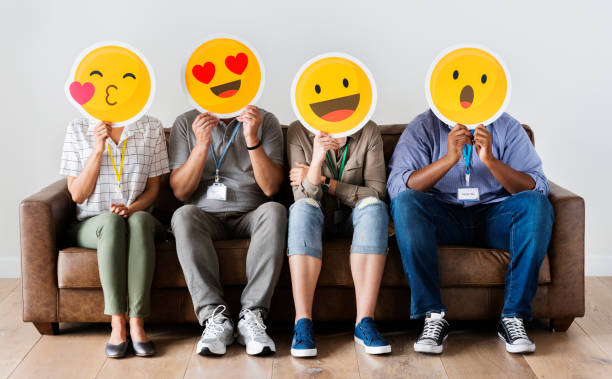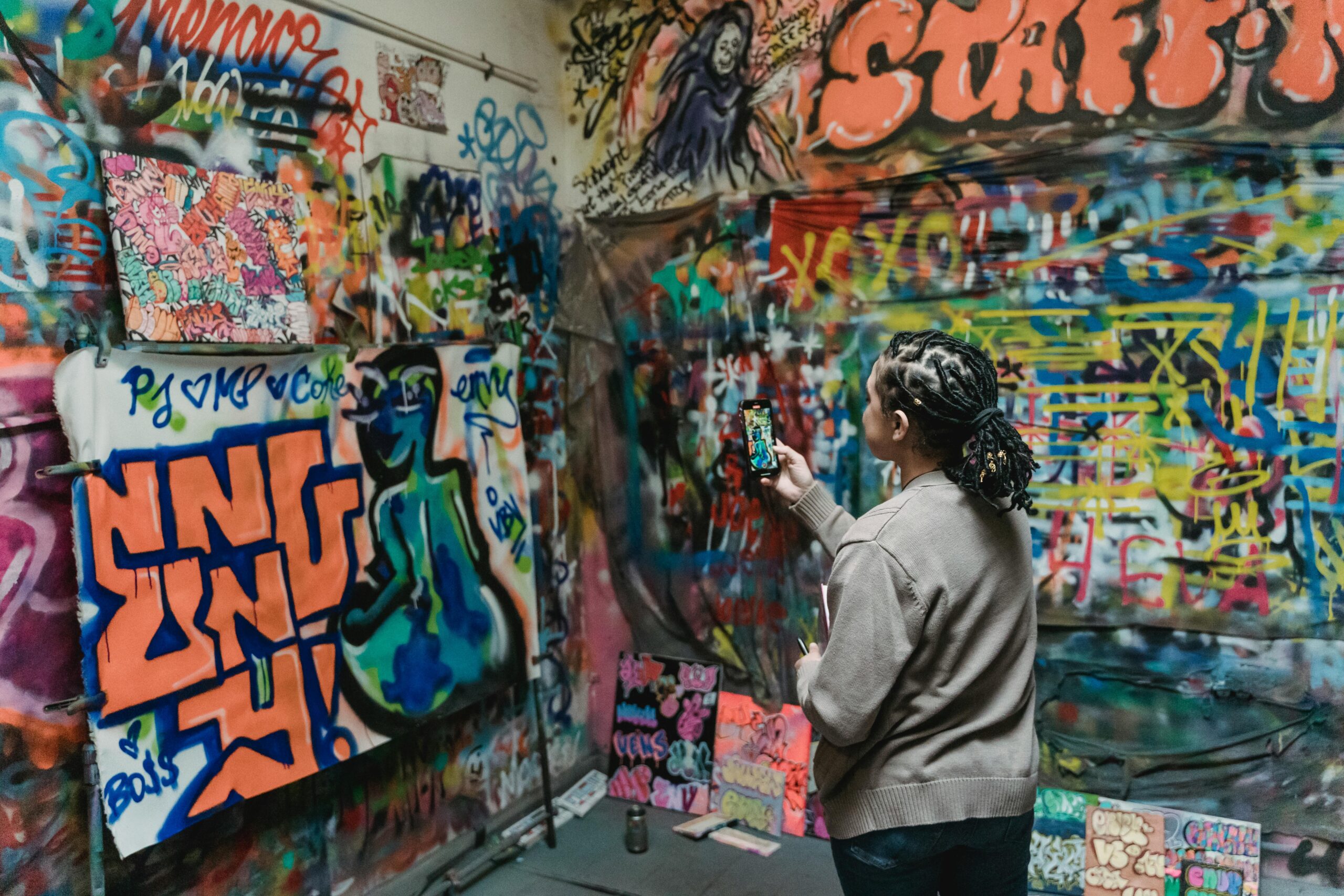In the digital age, we’ve become fluent in emojis, GIFs, and reaction stickers — but when it comes to real-life communication, many of us still struggle with the most basic form of emotional expression:
The human face.
Whether you’re flirting, negotiating, or just navigating daily conversations, being able to read facial expressions gives you a powerful edge.
In this guide, you’ll learn:
- Why face-reading is an essential soft skill
- The science behind micro-expressions and subtle cues
- How to interpret emotions beyond words
- Real-world examples from dating, business, and media
Let’s dive into how to move from reading 🙃 to recognizing 👀 — and everything in between.
Why Face-Reading Is More Important Than You Think
Facial expressions are our first language — even before speech.
They reveal what people aren’t saying — sometimes before they know it themselves.
Psychological Insight: The Emotional Truth Behind Expressions
According to Dr. Paul Ekman’s research on micro-expressions, humans display universal signs of emotion , even when trying to hide them.
These include:
- A split-second frown that betrays disappointment
- An eye roll that reveals hidden frustration
- A forced smile that lacks eye engagement (the “Pan Am Smile”)
Understanding these cues helps you respond more thoughtfully — whether in person or during video calls.
Because in real conversation, what someone shows often matters more than what they say .The Emoji-to-Emotion Connection
We’ve all seen how easily text can be misread.
That’s why emojis became so popular — they act as digital body language , helping bridge emotional gaps in messaging.
6 Universal Emotions (And How to Spot Them)
Ekman’s model identifies six basic emotional states that appear across cultures:
- Happiness – Genuinely crinkled eyes, full smile
- Sadness – Drooping eyelids, lip corners down
- Anger – Furrowed brows, tight lips
- Fear – Wide eyes, slightly open mouth
- Surprise – Raised eyebrows, large eyes, open mouth
- Disgust – One-sided lip raise, nose scrunch
Learning to recognize these tells builds your emotional intelligence — especially useful in high-stakes moments like job interviews, negotiations, or first dates.
Common Subtle Cues That Say More Than Words
Here’s what to watch for in everyday interactions.
👀 1. The Eye Roll — Hidden Frustration
An eye roll is rarely accidental — it’s a sign of irritation, boredom, or mild disrespect.
When to Notice:
- During group conversations
- After making a suggestion
- In response to a joke that didn’t land
It doesn’t always mean dislike — but it does signal discomfort or disengagement .
😏 2. The Smirk — Curiosity or Condescension?
A smirk can mean two things:
- “I find you interesting”
- “I think I’m better than you”
Watch for context:
- If paired with a glance up → interest
- If followed by sarcasm → superiority
Subtle smirks often invite flirtation — if read correctly.
🤔 3. The Raised Eyebrow — Doubt or Intrigue?
This one is tricky — because it can go both ways.
Signs It’s Positive:
- Slight tilt of the head
- Relaxed posture
- Follow-up question or engagement
Signs It’s Negative:
- Prolonged stare after the raise
- Crossed arms or stiff posture
- Silence instead of follow-up
Use this cue to adjust your tone — fast.
🧊 4. The Blank Stare — Disinterest or Deep Thinking?
If someone isn’t smiling or reacting at all — don’t assume coldness.
They might be:
- Processing what you said
- Holding back judgment
- Simply introverted or distracted
Ask:
“Are you following along?”
“Was that too much?”
Sometimes, silence speaks louder than words.
😐 5. The Half-Smile — Polite or Passive-Aggressive?
This one is dangerous — because it can feel warm… but actually be distant.
Look for:
- No eye contact with the smile
- Delayed reaction time
- Body language that says something different (e.g., crossed arms)
If you’re giving a compliment and get a half-smile — pause and reflect.
You may not have landed where you intended.
😬 6. The Micro-Flinch — A Flash of True Emotion
Micro-expressions last only a fraction of a second — but they reveal true feelings .
Examples:
- A flinch when hearing bad news
- A flicker of surprise when caught off guard
- A flash of disgust when someone mentions a sensitive topic
These are involuntary — and tell you more than words ever could.
Real-Life Scenarios: How Face-Reading Can Help
Let’s explore how to apply these insights in real situations.
On a Date (First Message or Video Call)
You make a joke — and they respond with a slight smirk and a raised eyebrow.
This usually means:
“I like this vibe.”
Time to lean in with playful energy.
Texting or Messaging
She sends: “Interesting…” with no emoji or punctuation.
That’s a red flag.
When meeting in person, look for:
- Matching her tone with warmth
- Asking clarifying questions
- Adjusting your energy based on her responses
Face-reading helps you avoid coming on too strong — or fading into background noise.
In Business Meetings
You pitch an idea — and someone gives you a polite nod but no eye contact.
That usually signals:
“I’m listening, but not convinced.”
Adjust accordingly:
- Ask for feedback
- Clarify your point
- Watch for reactions in future meetings
Your ability to read faces makes you a stronger communicator — and negotiator.
In Social Settings
Someone laughs at a joke — but their eyes don’t crinkle.
That’s a fake laugh.
They’re probably:
- Being polite
- Trying to keep the peace
- Not truly engaged
Knowing this helps you decide whether to continue the joke — or shift topics.
Frequently Asked Questions (FAQ)
Q: Can you really read someone’s emotions just by looking at their face?
A: Yes — to an extent. While cultural differences exist, core emotions show universal facial cues.
Q: Are micro-expressions reliable indicators of truth?
A: They can hint at concealed emotions — but shouldn’t be used as legal proof.
Q: Do eye rolls always mean disrespect?
A: Not always — sometimes they’re a nervous tic or subconscious reaction. But frequent ones usually indicate frustration or annoyance .
Q: Can you improve your face-reading skills?
A: Absolutely — through practice, observation, and learning from experts like Dr. Paul Ekman.
Q: Should I call someone out for an eye roll or smirk?
A: Only if it becomes a pattern. Otherwise, observe — then adjust your tone or topic.
Final Thoughts
We live in a world full of masks — literal and emotional.
Learning to read faces — from emojis to eye rolls — helps you see past the surface and understand what people truly feel.
Because in relationships, business, and life — clarity beats assumption every time .
So next time you see a smirk, a silent stare, or a quick flinch — don’t ignore it.
Read between the lines.
Because the best conversations aren’t just spoken — they’re seen .





